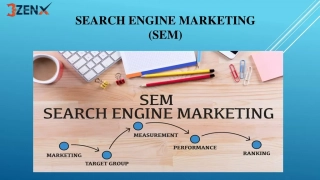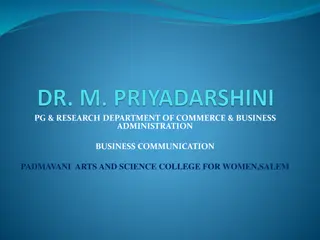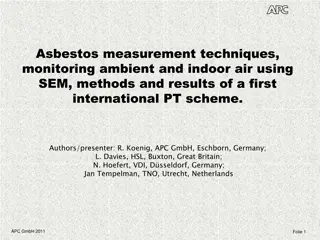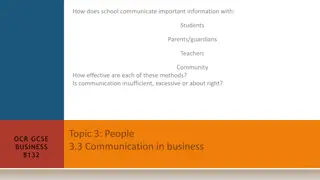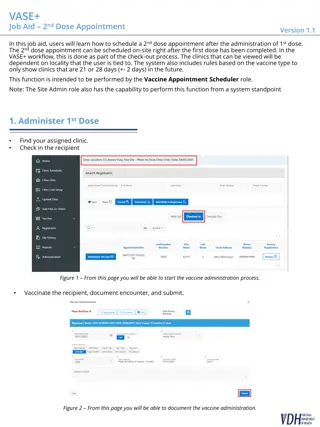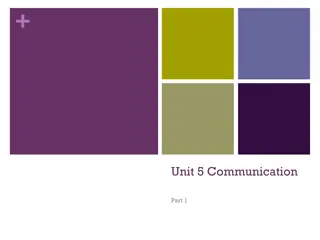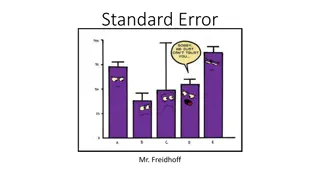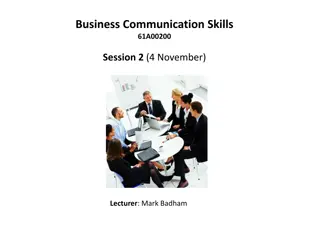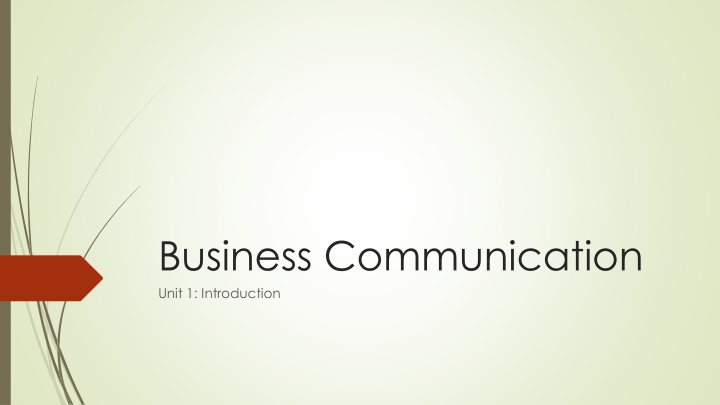
Effective Business Communication Strategies and Principles
Explore the fundamental aspects of business communication, including the process, forms, principles, barriers, and remedial measures. Learn how to enhance clarity, overcome obstacles, and foster effective interactions within organizations.
Download Presentation

Please find below an Image/Link to download the presentation.
The content on the website is provided AS IS for your information and personal use only. It may not be sold, licensed, or shared on other websites without obtaining consent from the author. If you encounter any issues during the download, it is possible that the publisher has removed the file from their server.
You are allowed to download the files provided on this website for personal or commercial use, subject to the condition that they are used lawfully. All files are the property of their respective owners.
The content on the website is provided AS IS for your information and personal use only. It may not be sold, licensed, or shared on other websites without obtaining consent from the author.
E N D
Presentation Transcript
Business Communication Unit 1: Introduction
Process of Communication Initiation of the thought process by the sender Preparation of the content of the message or encoding Selection of the channel or medium Sending of message Receiving the message Decoding the content of the message Giving the response or feedback Models of Communication: Rhetorical model Propagandistic model Negotiable model Communication model Attention-Interest-Desire-Action (AIDA) model
Forms of Communication: 1. On the basis of organizational structure: Formal Communication Informal Communication 2. On the basis of direction of flow of information: Vertical Communication Horizontal or lateral Communication Diagonal or crosswise Communication 3. On the basis of manner of expression: Oral Communication Written Communication Gestural Communication 4. In context to the organization as a whole: Internal Communication External Communication
Principles of Effective Communication Principle of Clarity Principle of Brevity Principle of Adequacy Principle of Objectivity Principle of Simplicity Principle of Consistency Principle of Completeness Principle of Timeliness Principle of Feedback Principle of Language control Principle of Attentiveness Principle of Two-way communication Principle of restraint over emotions Principle of choosing the right channel
Barriers to Communication Language Barrier or Semantic Barrier Cultural Barriers Emotional and Psychological Barriers Perception Barrier Preconceived Barriers Physical Barrier Organizational Barriers Transmission Barriers Retention Barrier Listening Barriers Filtering Barriers Superiors Attitudinal Barriers Subordinates attitudinal behavior Channel Barriers
Remedial Measures To Overcome Barriers To Effective Communication Clarity of ideas Empathy Ensuring proper feedback Appropriate language, tone and content Time consideration Consistency of message Listening carefully Selection of channel of communication Follow-up communication Simple organizational structure Reducing perpetual differences Being in a balanced emotional state Development of interpersonal relationship Complete message
7 Cs of Effective Communication Completeness Concreteness Courtesy Correctness Clarity Consideration Conciseness Levels of Analysis of Business Communication Lower-level communication upper-level communication Horizontal or lateral-level communication
Role Of Communication In Conflict Resolution: Conflict: concept Conflicts arises when an intentional effort is made by one individual to counteract and frustrate the efforts of another individual. It arises due to disagreement or misunderstanding that results from difference of opinion among individuals. Conflicts are unavoidable in organisations. According to S.P. Robbins, Conflict is a process in which an effort is purposefully made by one person or unit to block another that results in frustrating the attainment of other s goals or furthering of his interests. Reasons for conflict in organisations: Ambiguous definition of task and responsibility Conflict of interest Lack of resources Interpersonal conflicts
Types of Conflict: Interpersonal conflicts Intrapersonal conflicts Intergroup conflict Intra-group conflicts Inter-organisational conflict Perceived conflict Felt conflict Structural conflict Task conflict Functional conflict Dysfunctional conflict
Effects of Conflict: Negative impacts or the disadvantages of conflict: Become disobedient Positive impacts or the advantages of conflict: Generate new ideas and take decisions for troubleshooting Decrease in productivity Changes in polices and procedures and developing leadership skills Hampers team spirit Hampers creativity Contributes to group cohesiveness Detrimental to the maintenance of a healthy work environment Enables an individual to analyze his capabilities and also increase their tolerance Fail to achieve personal targets and meet deadlines Opportunity to the individuals to express themselves Delay the normal flow of activities Disrupt smooth flow of message Long-standing unresolved issues may come to the forefront to address the causes of conflicts
Role of Communication in Conflict Resolution: Removal of misunderstanding Judge a situation from another individuals view point Remove the barriers of communication Greater usage of non-verbal communication The tone of communication be neutral as expression of anger or frustration Effective communication helps withdrawal of conflicts by protecting interest of every employee of an organization Necessary and sufficient exchange of information

